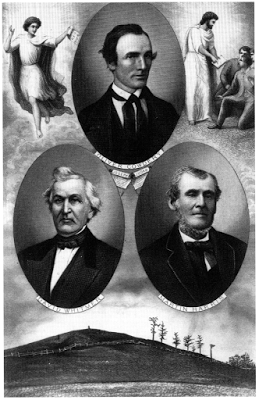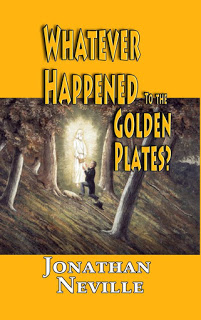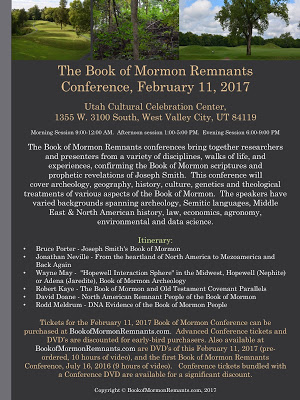First publication of Oliver Cowdery’s portrait
It is available online here: http://scholarsarchive.byu.edu/cgi/viewcontent.cgi?article=3157&context=byusq
I highly recommend the article for anyone who wants to know more about this fascinating story.
Here’s the first LDS publication of the portrait. It appeared in the October 1883 Contributor.
Source: Letter VII




